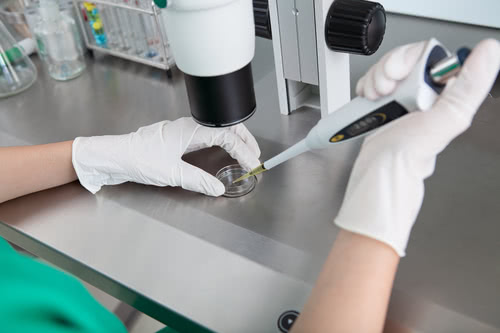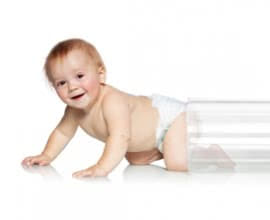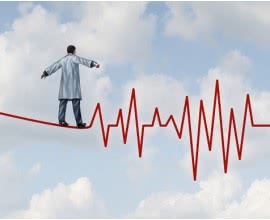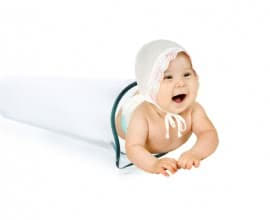Behind The Process of Egg Freezing
Egg freezing is a medical process of preserving a woman's unfertilized eggs to allow her to attempt to conceive at a later, more convenient date.[1] Studies have implied that unfertilized eggs can be frozen and stored without deterioration for a number of years, though the chances of a woman successfully becoming pregnant using these eggs are determined by factors such as age and how long the eggs have been stored.
Though the steps and processes of egg freezing may vary depending on the clinic you visit, your general and reproductive medical history, and the country you are in, generally, the treatment follows the following steps:
Consultation and Qualification
Would be patients will first consult with their local reproductive endocrinologist via either a personal visit to their local clinic or over the phone. They will be talked through the process of egg freezing and fertility treatments along with cost considerations, benefits, risks and the necessary steps to go ahead with the procedure.[2] During this consultation, the reproductive endocrinologist will also discuss the patient's personal situation, general and reproductive health, medical history, results of blood tests and vaginal ultrasound to determine the patient's candidacy for the process.[3]

Medication
If the patient receives the green-light to go ahead with the egg freezing procedure, they will then have to undergo a complete infectious diseases blood panel, which is necessary before their eggs are allowed to be stored in the cryostorage facility.[4]
The patient will then be prescribed common fertility medications to help the body produce and mature multiple eggs for freezing. This hormonal stimulation usually lasts for a period of 10-12 days, which allows around 6-15 eggs to mature.[5] The fertility medications are self-administered via daily injections and patients are taught how to do this by their local physician.
Common side effects of the fertility medications include bloating, but women tend to suffer no significant side effects that will hinder their day-to-day activities.
Collection and Preservation of Eggs
When the hormonal stimulation cycle has ended, the patient will visit their local fertility center to undergo a thirty minute procedure to collect their eggs in a process called vitrification. Vitrification is a process where the eggs are cooled at a super fast rate so that the tissue of the eggs is preserved in a glass-like state, hence 'vitrified'.[6]
The woman's eggs are collected from the ovaries using an ultrasound guide probe which is inserted into the vagina. The needle inside the probe will gently pass through the vagina walls into each ovary where eggs are aspirated from the ovaries.[7] Women will be mildly anesthetized during this procedure.

After the eggs are collected, they are then prepared for flash-freezing by being dehydrated and treated with antifreeze. The prepared eggs are then vitrified by rapidly freezing to -196˚C in liquid nitrogen before being stored in a cryostorage, where they can then remain for several years.[8]
Women who have undergone this last step of the egg freezing procedure may return home after an hour or two and are advised not to drive and to rest for the remainder of the day.
Sources:
[1] 'Female Fertility Preservation' in IVF Australia, viewed on December 1st, 2015, http://www.ivf.com.au/fertility-treatment/fertility-preservation/female-fertility-preservation#what-is-egg-freezing-
[2] 'Egg Freezing Process' in Extend Fertility, viewed on December 1st, 2015, http://www.extendfertility.com/egg-freezing-process/
[3] ibid
[4] ibid
[5] op. cit, http://www.ivf.com.au/fertility-treatment/fertility-preservation/female-fertility-preservation#what-is-egg-freezing-
[6] 'Egg Freezing' in The London Women's Clinic, viewed on December 1st, 2015, http://www.londonwomensclinic.com/london/egg_freezing
[7] 'Female Fertility Preservation' in IVF Australia, viewed on December 1st, 2015, http://www.ivf.com.au/fertility-treatment/fertility-preservation/female-fertility-preservation#what-is-egg-freezing-














